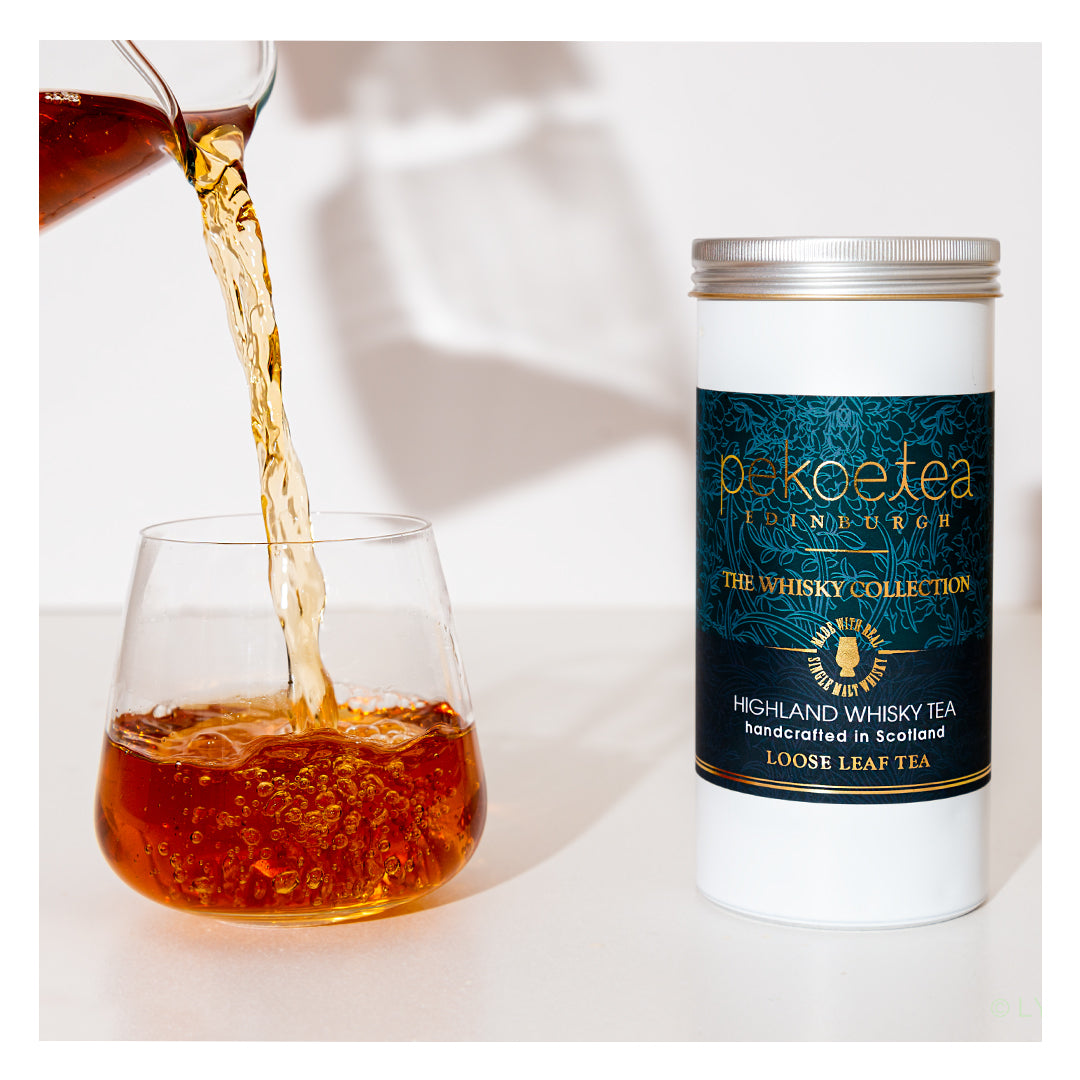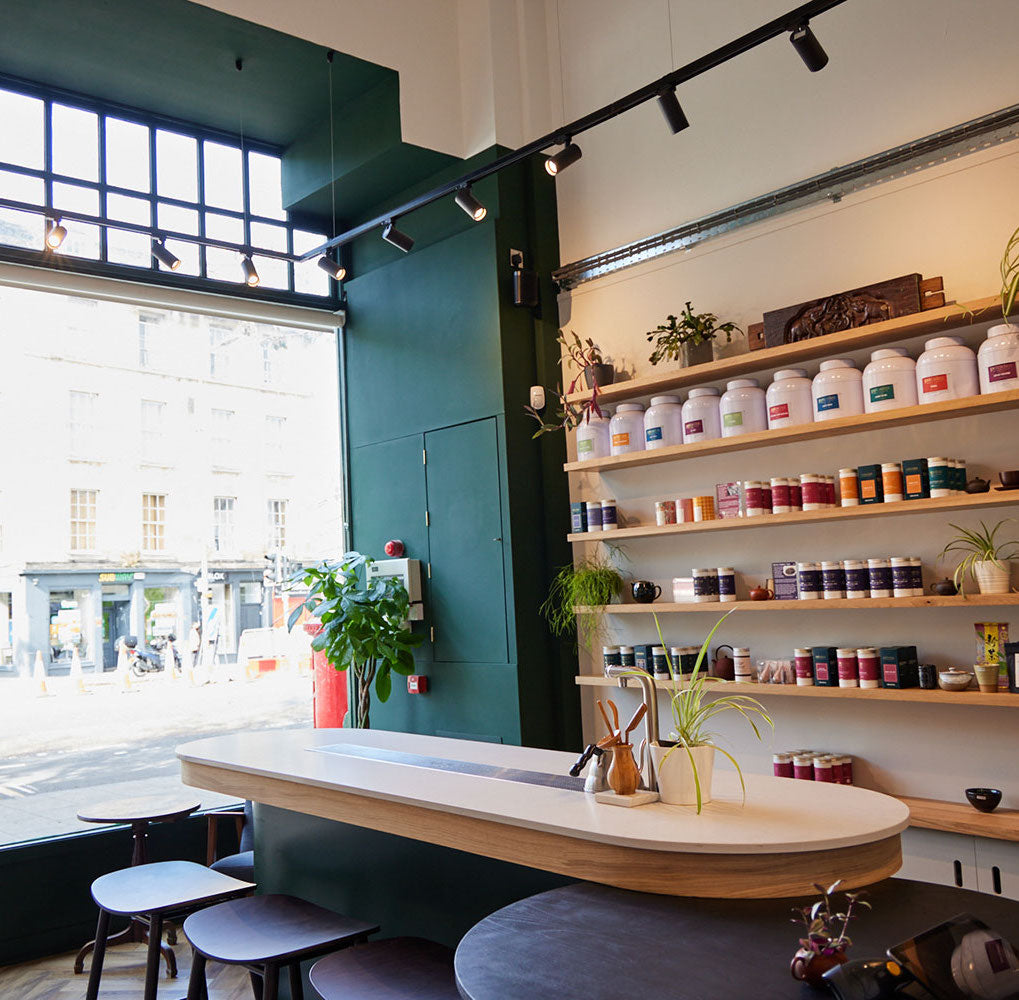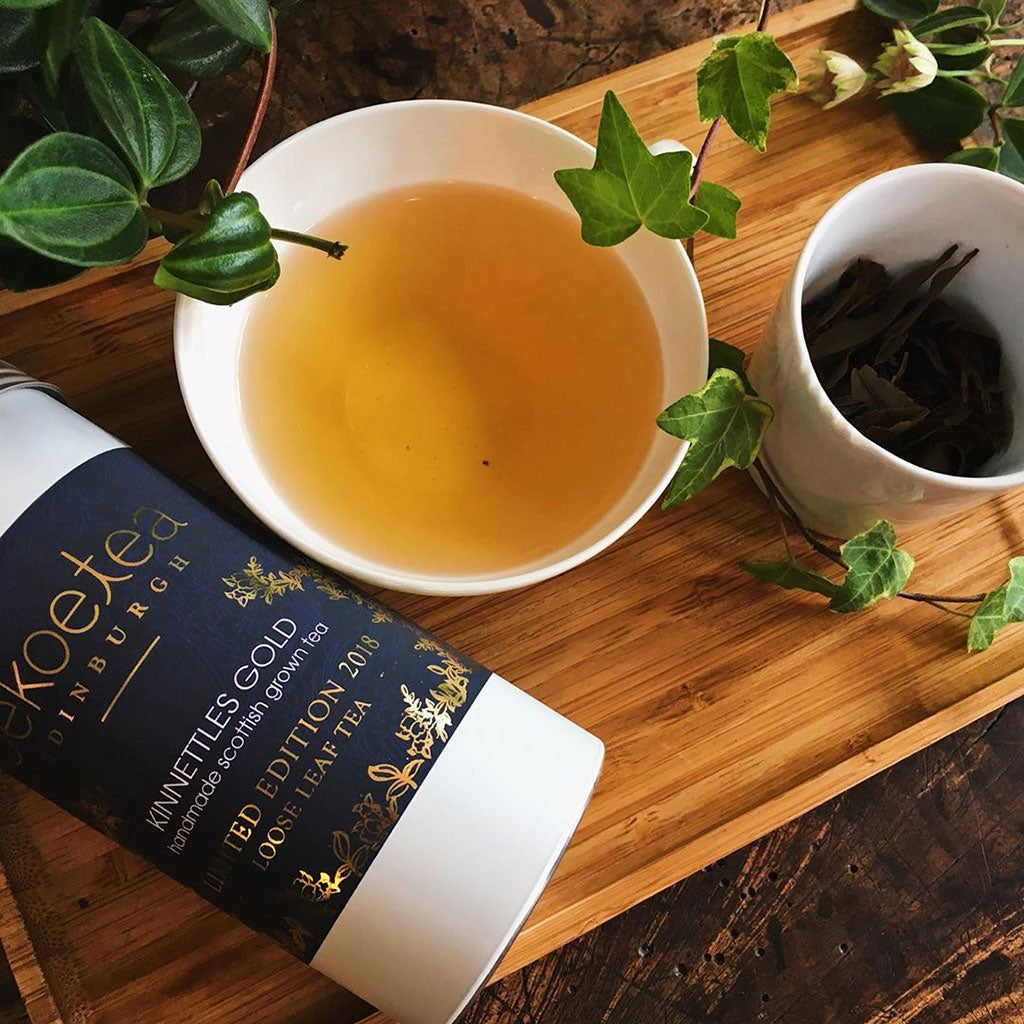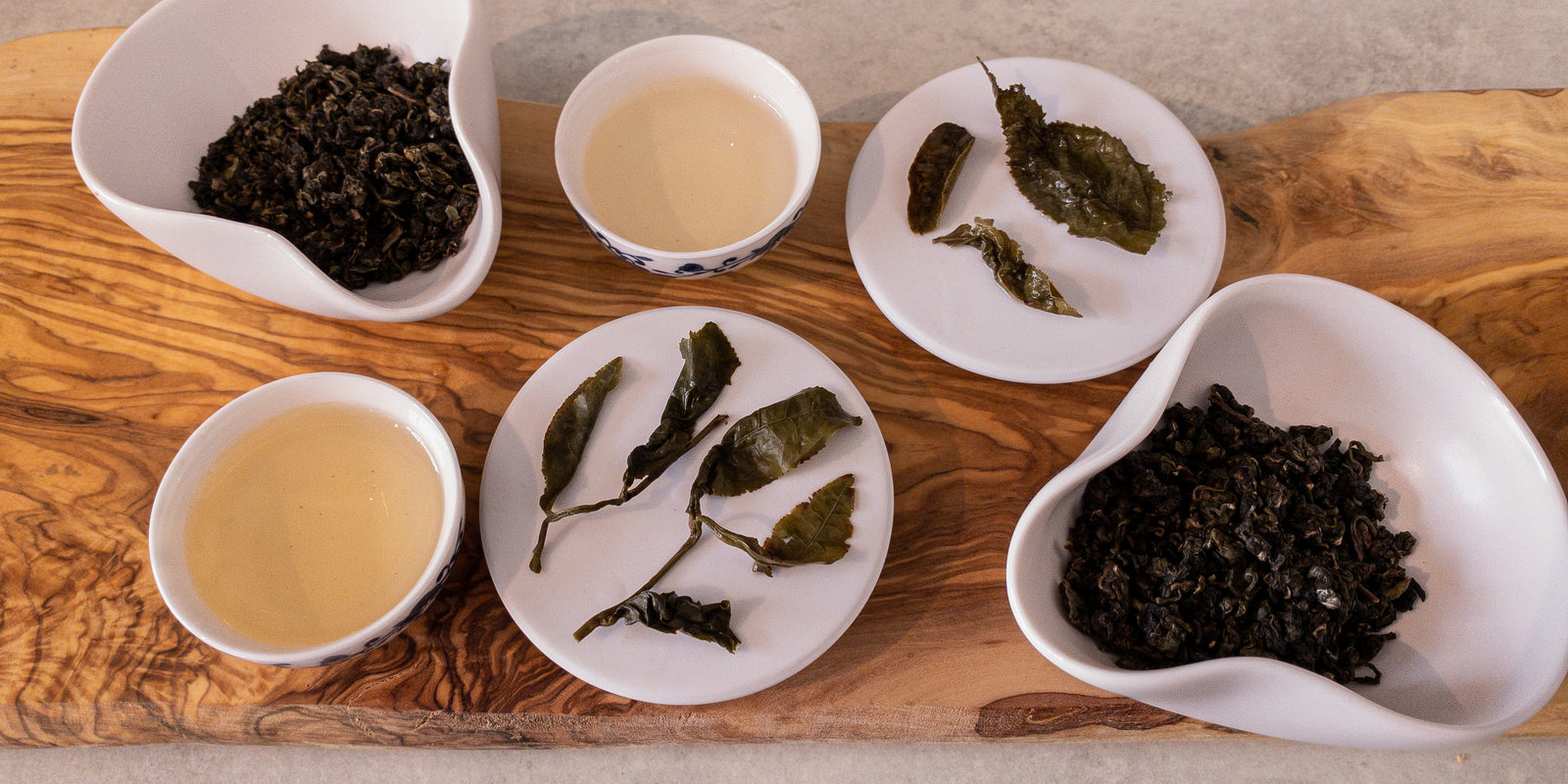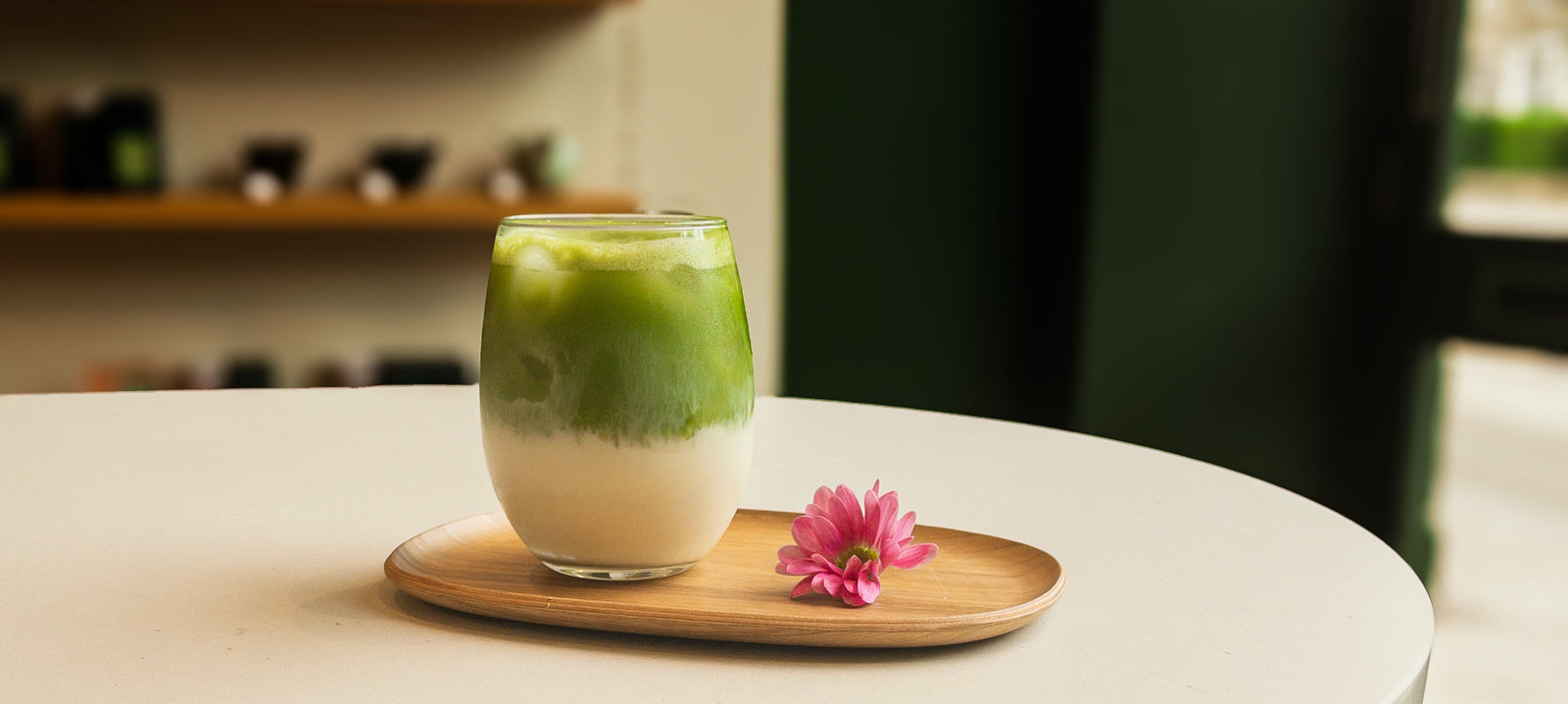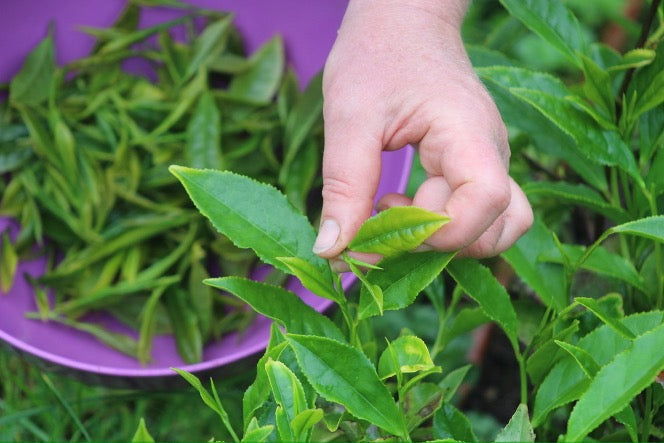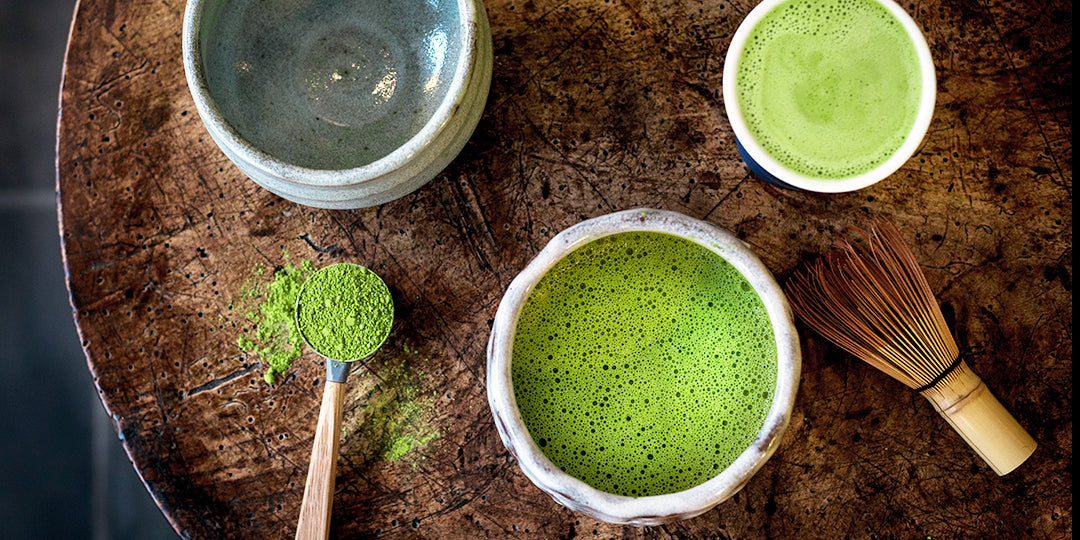 In China, there are an enormous number of different teas enjoyed by millions of people every day. There are six main types of tea: white tea, green tea, yellow tea, oolong tea, black tea, and pu-erh tea. In this post, we will explore each type of tea and how it is processed. All tea comes from the same species of plant: Camellia Sinensis. What makes a particular type of tea is the processing. One of the key differences between the different kinds of tea is the oxidation level. Oxidation happens when the leaves are bruised, and the exposed juices react with the oxygen in the air. This is the same thing that happens when you cut open an apple or an avocado and it turns brown. Read on to find out how the different kinds of tea are processed and whether they are oxidised.
In China, there are an enormous number of different teas enjoyed by millions of people every day. There are six main types of tea: white tea, green tea, yellow tea, oolong tea, black tea, and pu-erh tea. In this post, we will explore each type of tea and how it is processed. All tea comes from the same species of plant: Camellia Sinensis. What makes a particular type of tea is the processing. One of the key differences between the different kinds of tea is the oxidation level. Oxidation happens when the leaves are bruised, and the exposed juices react with the oxygen in the air. This is the same thing that happens when you cut open an apple or an avocado and it turns brown. Read on to find out how the different kinds of tea are processed and whether they are oxidised.
White Tea
White tea is the least processed form of tea, made only from buds and select leaves of the tea plant. White tea leaves are only plucked at the start of the growing season at the end of winter dormancy. The new growth leaf buds have a white down on them, giving white tea its name. Processing consists of only drying and withering the leaves. The withering process removes excess moisture from the tea leaves, while the drying process prevents oxidation from occurring. The lack of processing gives white tea a subtle, nuanced flavour.
Green Tea
Green tea is a processed tea, with the leaves withered, then steamed or pan-fried before rolling or shaping. The oxidisation process is halted early on to keep the leaves green and preserve the light, fresh flavours. China has hundreds of cultivars of the tea plant Camellia Sinensis, allowing for vast regional variation in flavour and aroma. Japan produces mainly green teas, known as sencha, which are steamed rather than pan-fried.
Yellow Tea
Yellow tea is the least common type of tea. It is very similar to green tea, but the leaves are wrapped in paper and steamed in an extra processing method making the eaves have a slight yellow colour. The steaming slows the oxidation process making the tea more mellow.
Oolong
Oolong tea is a traditional Chinese tea known for its complex flavour and aroma. Infusions range from light green to dark red, depending on how far the tea has been allowed to oxidise and ferment. A general simplification would be to say that oolongs sit somewhere between green and black teas, though this does not do justice to the array of possible flavours. To produce oolong tea, tea leaves are withered, partially oxidised, and then rolled and dried. The level of oxidation can vary depending on the specific type of oolong tea, resulting in a wide range of flavours and aromas. The rolling process releases the natural oils and enzymes in the tea leaves, which react with the air to initiate the oxidation process. The tea leaves are then fired to stop the oxidation process and lock in the flavour. Some oolongs then go through an additional roasting step.
To produce oolong tea, tea leaves are withered, partially oxidised, and then rolled and dried. The level of oxidation can vary depending on the specific type of oolong tea, resulting in a wide range of flavours and aromas. The rolling process releases the natural oils and enzymes in the tea leaves, which react with the air to initiate the oxidation process. The tea leaves are then fired to stop the oxidation process and lock in the flavour. Some oolongs then go through an additional roasting step.
Black Tea
Black tea is the variety most familiar to Western drinkers thanks to its ability to take milk and sugar. Heavily oxidised, it produces a deep red liquor. The range of flavours goes far beyond the well-known breakfast blend, from fruity and delicate, via syrupy and sweet, to rich, smoky, and complex. To produce black tea, tea leaves are withered, rolled, and oxidised. The oxidation process turns the leaves from green to dark brown or black, giving black tea its distinct flavour. The tea leaves are spread out to dry for several hours, allowing the oxidation process to happen naturally. Once the tea leaves have reached the desired level of oxidation, they are fired to stop the oxidation process. The tea leaves are then sorted and graded based on size and quality.
Pu-erh
Pu-erh comes from Yunnan province and is famous for its fermentation process. Like wine, its flavour develops with age. Initial processing of the leaves is minimal: leaves are preferably dried in the sun before being dry roasted in a pan to prevent further oxidation. Some Pu-erh teas are compressed into cakes or bricks, while others remain loose.
Herbal Tea
Tea, in its true sense, is anything that is made from the Camelia Sinensis plant and its sub-varieties. Anything else should be referred to as an infusion or tisane. Colloquially we refer to infusions such as peppermint as herbal teas, but the distinction should be made. Instead, herbal tea is made from a variety of herbs, spices, and fruits, resulting in a wide range of flavours and aromas. Some popular herbal teas include chamomile, peppermint, and hibiscus. The process of making herbal tea varies depending on the specific ingredients used. The ingredients are generally steeped in hot water for several minutes to release their flavours and aromas.
To sum up, there are six main types of tea: white, green, yellow, oolong, black, and pu-erh. In addition to this, many non-tea plants are used to make herbal infusions. Each type of tea is processed differently to achieve its unique flavour and aroma. White and green teas are not oxidised, oolong is partially oxidised, black tea is fully oxidised, and pu-erh tea is fermented.

